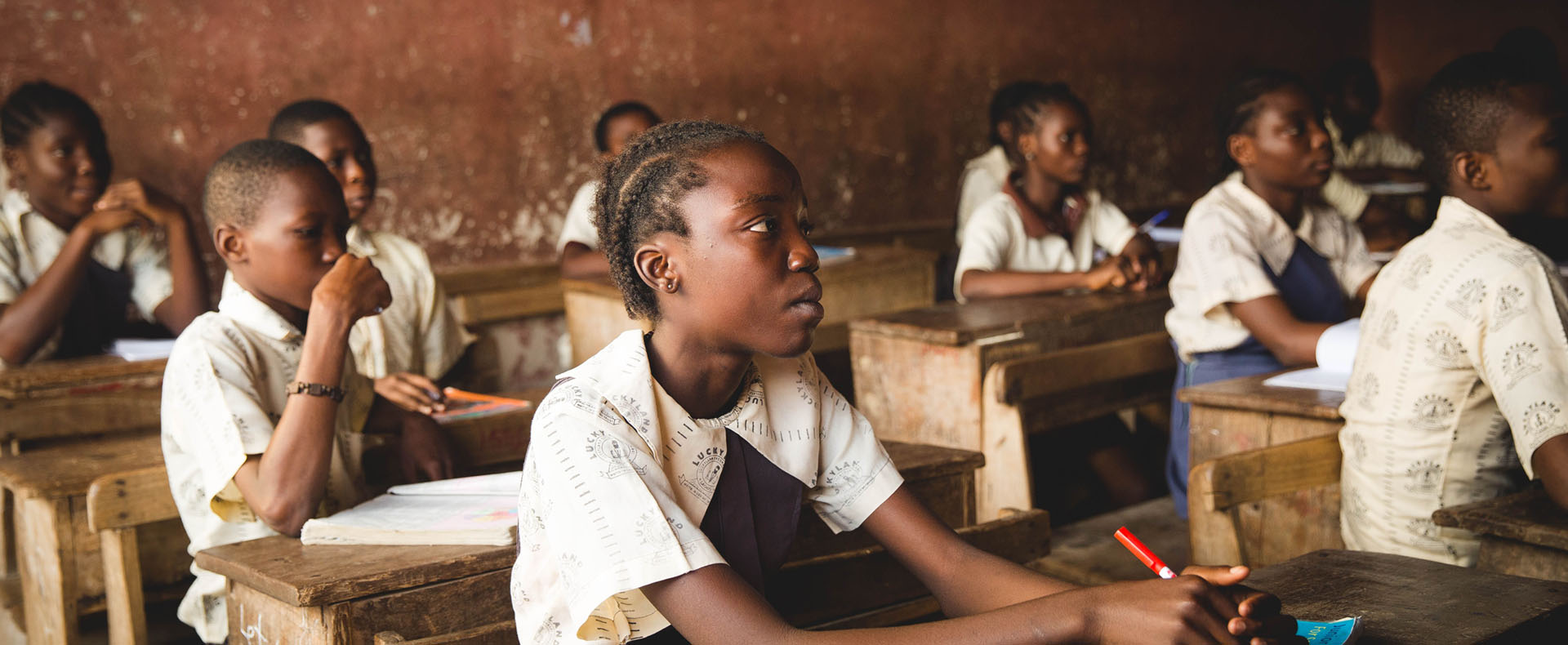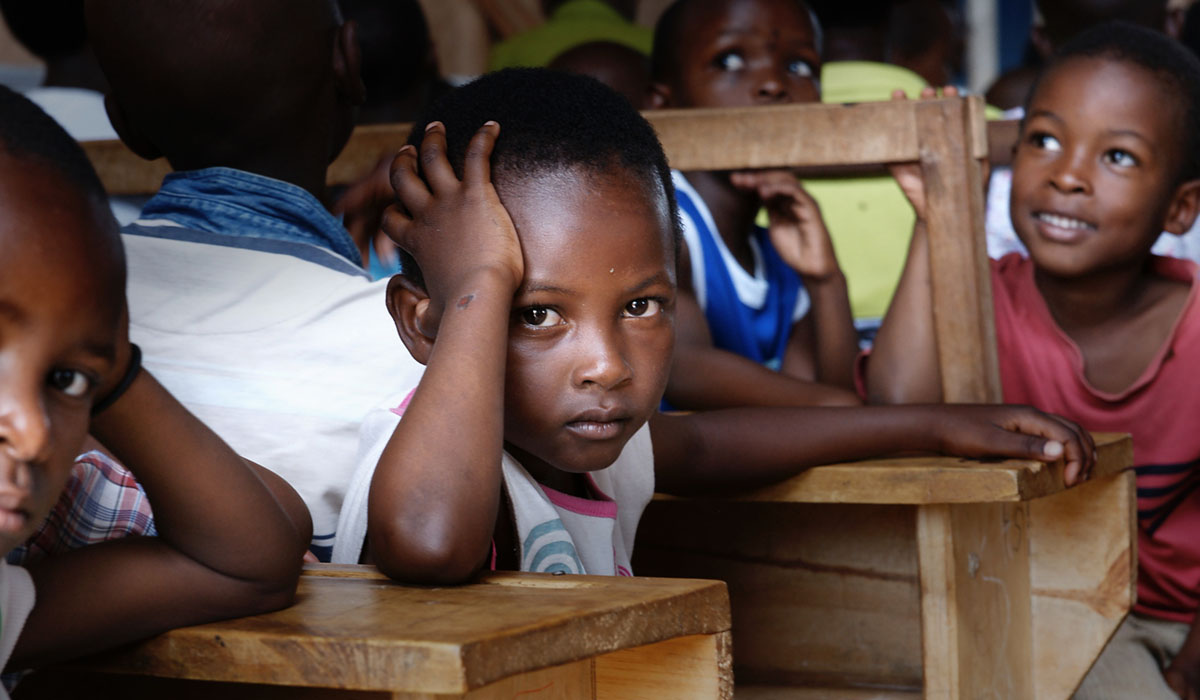
The educational impact of solar household solutions
The lack of consistent light at night has a significant impact on the educational performance of children in developing countries. Many families lack sufficient means to provide adequate light and longer hours of more quality light through solar household systems can enable more productive hours after dark. One important implication of this benefit is that children can spend more time on education and homework or study-time.
SolarAid conducted focus group discussions, between 2012-2015, with school children in Kenya, Malawi, Tanzania and Zambia, and found that students rated limited lighting as their top factor for what challenged their opportunities to learn and do homework. Only 55% of students in the discussions (512 across 31 schools) said they had bright enough light to study.
SolarAid research shows that the most common reported use of household solar lights purchased is for child study: 63% of households said study was what they were used for, often not exclusively. A GIZ study (Harsdorff et al., 2009) also found that the main beneficiaries of the solar home systems (SHS) bought were children (53%), who used them to complete their homework at night. 74% of children in SHS homes studied in the evenings, compared to 64% in non-SHS homes.


Studies show clear evidence that better access to lighting provides children with opportunities to increase the quality and time of their study/homework. SolarAid research data shows that before solar light ownership, children were studying for 1.7 hours on average each night, and were often constrained by lack of access to light due to money for kerosene, or candles running out. After purchasing a solar light, children in the same households were studying for an average of 3.1 hours a night. Harsdorff et al.’s study in Uganda compared study time across households rather than longitudinally, and found that children from households with solar systems studied for 2.3 hours per evening, while those in households without studied for 1.9 hours each night.
A study completed by Powering Education in 2014 found smaller increases. It identified an increase in study time at home by 10-15 minutes per day, a 17% increase. Interestingly, the study identified what appeared to be a peer effect, where students with no solar light performed significantly better if they were in a class where most students had a solar light, though of course there may be other factors to explain this. GVEP’s (2012) report on Rwanda found that 88% of households noted an increase in hours of child study following purchase of a household solar light. Grimm et al.’s (2014) study in Rwanda saw an increased portion of the children given a solar light studying after dark. However, the total study time did not increase; rather, children shifted their study time from afternoon hours to the evening. The study did find clear evidence of an improved quality of learning time and more flexibility in the time of day that they can study. Unsurprisingly, this effect on child study hours is also observed for larger solar home systems. Brossman (2013) found that girls aged 11-15 living in solar home system homes in Bangladesh studied for 3.8 hours a day, while girls in non-user homes studied for 3.1 hours a day.
Students rated limited lighting as their top factor for what challenged their opportunities to learn and do homework.
– Overseas development Institute Research Report
It might be expected that the increased hours of study enabled by solar lighting would improve educational performance. Hunt (2008)23 reported that children who study for longer, and are more motivated, do better at school. Learning influences children’s experiences of schooling, their motivations and the likelihood of dropping out of school. Children who attain better grades are less likely to drop out of school (Colclough et al., 2000). Preliminary results are inconclusive. Kudo et al.’s (2015) study in Bangladesh saw increased study hours among school children with solar lights; particularly at night and before exams. However, there was no corresponding link to improved exam results and no evidence of improved educational attainment as a result of the solar lights. A small pilot study conducted in Uganda also found no evidence of improvements to education for children given a solar light despite increased study time (Furukawa, 2014).
When a larger percentage of students within a school have solar home systems, it can create a compounding effect. SolarAid research found that teachers at schools where community members have household solar lights noted seeing improved attendance, motivation, concentration and performance in class for those children with solar lights.
Source: Overseas Development Institute

